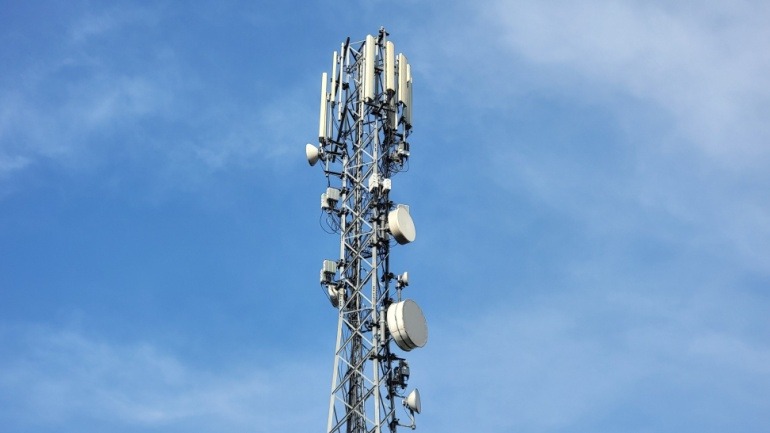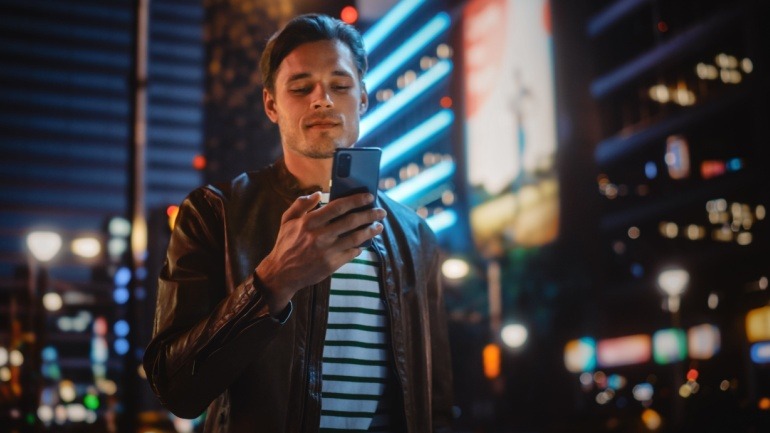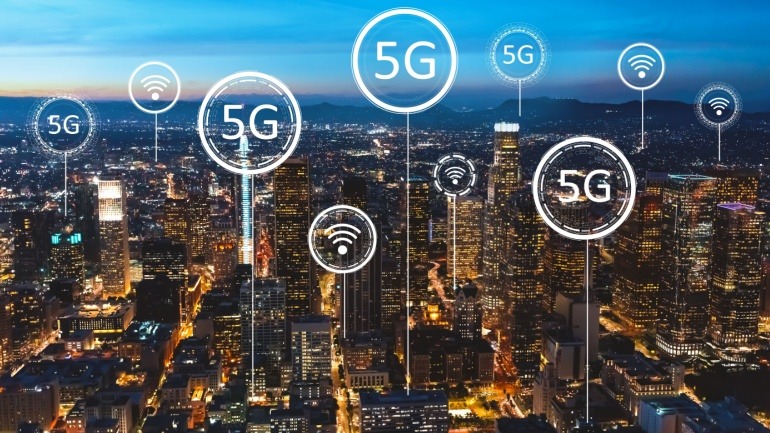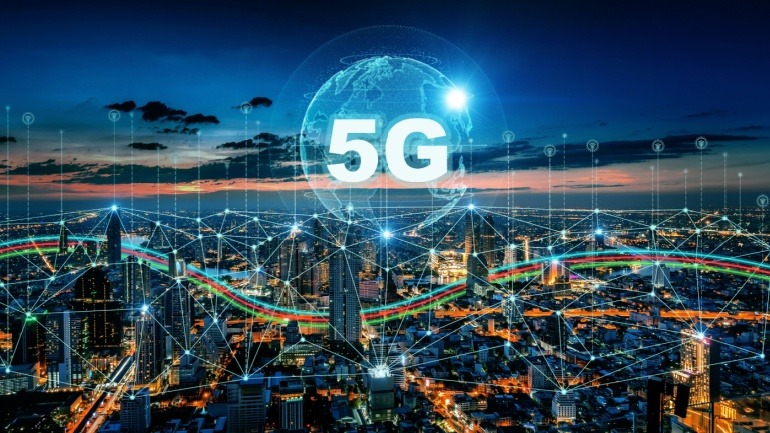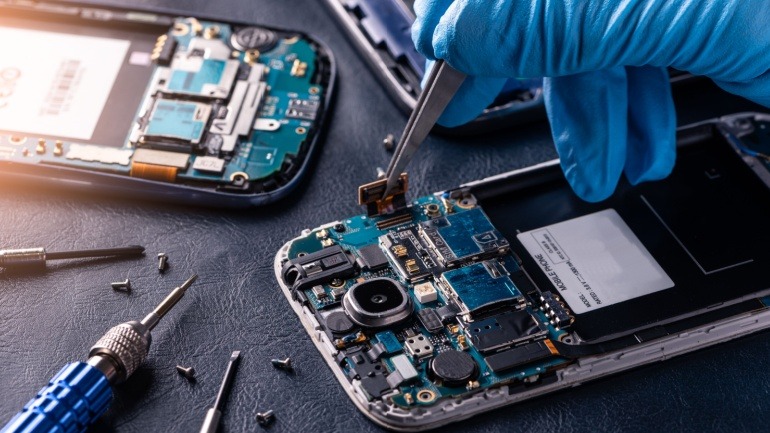Bharti Airtel’s latest acquisition of 400MHz 26GHz spectrum from Adani Data Networks marks a pivotal move to bolster its 5G services. This acquisition enhances Airtel’s 5G footprint across key Indian regions and addresses high-capacity use cases like Fixed Wireless Access and enterprise solutions.
India’s telecom operators must report all Chinese-made equipment still active in their networks, as part of a security review targeting firms like Huawei and ZTE. The move aims to limit future reliance on untrusted vendors while allowing existing systems to operate under strict oversight amid rising geopolitical and trade tensions with China.
Vodafone Idea has teamed up with Nokia to upgrade its optical transport network, enhancing 4G and preparing for 5G expansion in India. This partnership leverages Nokia’s advanced optical technology for scalability and efficiency. With 5G rollouts underway and strategic financial investments, Vodafone Idea aims to expand coverage and strengthen its market position against competitors.
Verizon has expanded its satellite-based direct-to-cell texting service, enhancing connectivity for select Android users. This upgrade enables text messaging via satellite, benefiting those outside traditional networks.
EE’s 5G Standalone network expansion in the UK aims to cover 50 cities by month’s end, enhancing connectivity for 28 million people. Offering better 5G availability in regions like Milton Keynes and Sunderland, users will experience smoother video calls, streaming, and gaming, provided they have compatible smartphones from major brands.
T-Mobile US is pioneering advancements in 5G Advanced technology with breakthrough field tests utilizing six-component carrier aggregation. These tests leveraged Nokia and Qualcomm technologies, achieving downlink speeds of 6.3 Gbps, showcasing the future potential of 5G networks.
Nokia has successfully delivered essential 5G equipment to Vodafone Idea, supporting its mid-March rollout in Mumbai, followed by Delhi, Bengaluru, and more. The partnership includes over 60,000 tech sites and advanced AirScale solutions for improved efficiency.
Bharti Airtel and Ericsson are collaboratively advancing 5G Core networks in India, marking a significant step in the telecom sector. By integrating Ericsson’s dual-mode 5G core, Airtel aims to enhance network slicing-based services, API exposure, and 5G Standalone capabilities.
Apple’s iPhone C1 modem chip marks a major shift in reducing reliance on Qualcomm, targeting an 80% cut by 2026. The 4nm modem, debuting in the iPhone 16e, enhances network performance but lacks mmWave 5G.
Apple is reportedly testing direct satellite connectivity for iPhones in partnership with Starlink and T-Mobile. This initiative, enabled by iOS 18.3, allows select T-Mobile users to text via satellite in areas without cellular coverage.



